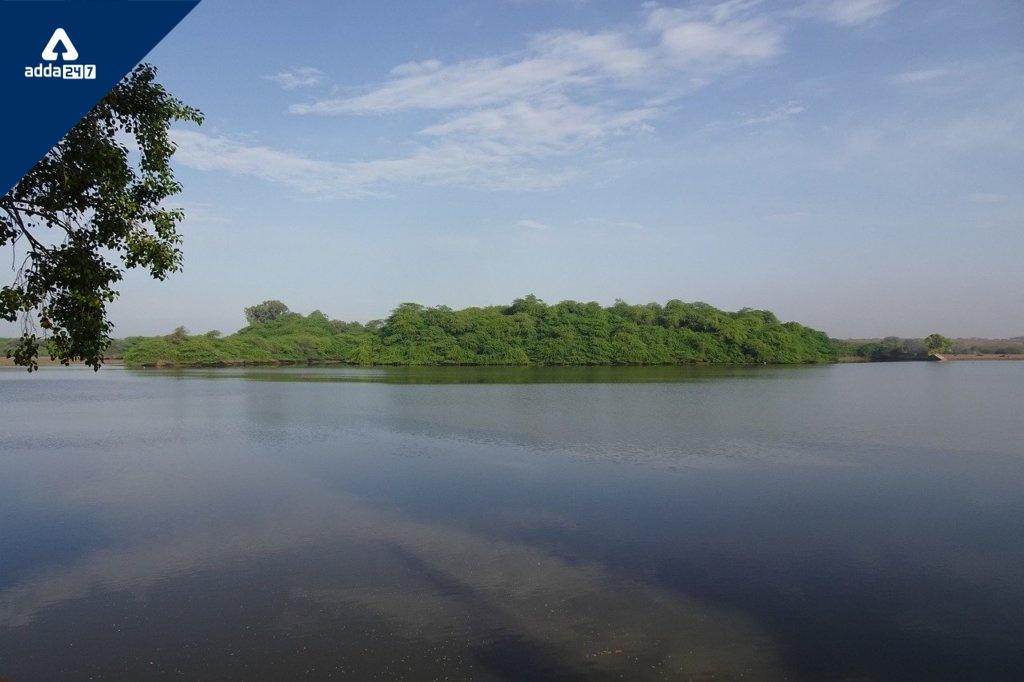Ramsar Convention: Introduction
It is a convention for wetlands throughout the World, it was established in 1971 in the Iranian city of Ramsar. In the 1960s the negotiations for the convention started by different countries and NGOs for the protection of Wetlands. The final convention was signed in 1975. There is 49 Ramsar site in India in 2022 which is listed under the Ramsar convention. The main aim of the convention was to conserve all the wetlands and use them wisely with the help of local, national, and international cooperation.
Complete And Updated List Of Ramsar Sites In India.
Ramsar Convention: Evolution
- 1962- MAR conference was called for an international treaty for wetlands.
- 1963-1970- Different countries and NGOs negotiated the text for the Ramsar Convention.
- 1971- Ramsar convention took place and 18 nations agreed to the convention on wetlands of international importance.
- 1974- Australia’s Cobourg Peninsula was declared the first Ramsar site. Australia was the first country to accede to the convention.
- 1975- In 1975, the convention came into force and UNESCO was the depository.
- 1981- In India, Chilika Lake and Keoladeo National Park were declared the first Ramsar site.
Ramsar Convention: Purpose
The convention was established based on three pillars. These three pillars serve as the main purpose of the Ramsar Convention.
- Wise Use of wetlands, the use of wetlands can decrease the number of water-related problems and solve drought in several affected areas in the world.
- List Wetlands of international importance, so that, they are highlighted and are used properly.
- International Corporation, so that the wetlands resources can be shared and used throughout the world and shared systems can be formed.
International Organisation Partner of Ramsar convention
- BirdLife International
- International Union for Conservation of Nature.
- International Water Management Institution (IWMI).
- Wetlands International
- WWF International
- Wildfowl and wetlands Trust (WWT).
Ramsar sites: Governing Bodies
The Governing Bodies of this convention are those who ratified the treaty. The governing body reviews the progress under the convention regularly, identifies new priorities, and sets plans for members to work upon. The amendments to the convention can be made by the COP, which can create expert advisory bodies, review progress reports by the member nations, and can collaborate with international organizations and agreements.
The standard committee represents the COP between its triennial meetings and it is an intersessional executive body. The members of the Standing committee are elected by each meeting of the COP to serve for three years. The Scientific and Technical Review Panel (STRP), works to provide scientific and technical guidance to the conference of contracting parties, the standing committee, and the Ramsar secretariat.
The secretariat works out the day-to-day coordination of the activities held in the convention. It is based at the headquarters of the International Union for Convention of Nature (IUCN) in Gland, Switzerland.
What are wetlands?
Wetlands are the places where land is covered with water. It can be either fresh or salt water. There are four types of Wetlands, marsh, swamp, bog, and fen. The wetlands are flooded by water sometimes permanently. The water found in wetlands is saltwater, freshwater, or brackish water. The wetlands are classified based on the source of water and the dominant plant found in it. The Wetlands are a massive part of the ecosystem that contributes to water purification, groundwater replenishment, stabilization, and storm protection.



 Indian Olympic Medal Winners List Till N...
Indian Olympic Medal Winners List Till N...
 Who is the Inventor of the Gramophone?
Who is the Inventor of the Gramophone?
 HS Dhaliwal Appointed New DGP Of Andaman...
HS Dhaliwal Appointed New DGP Of Andaman...
